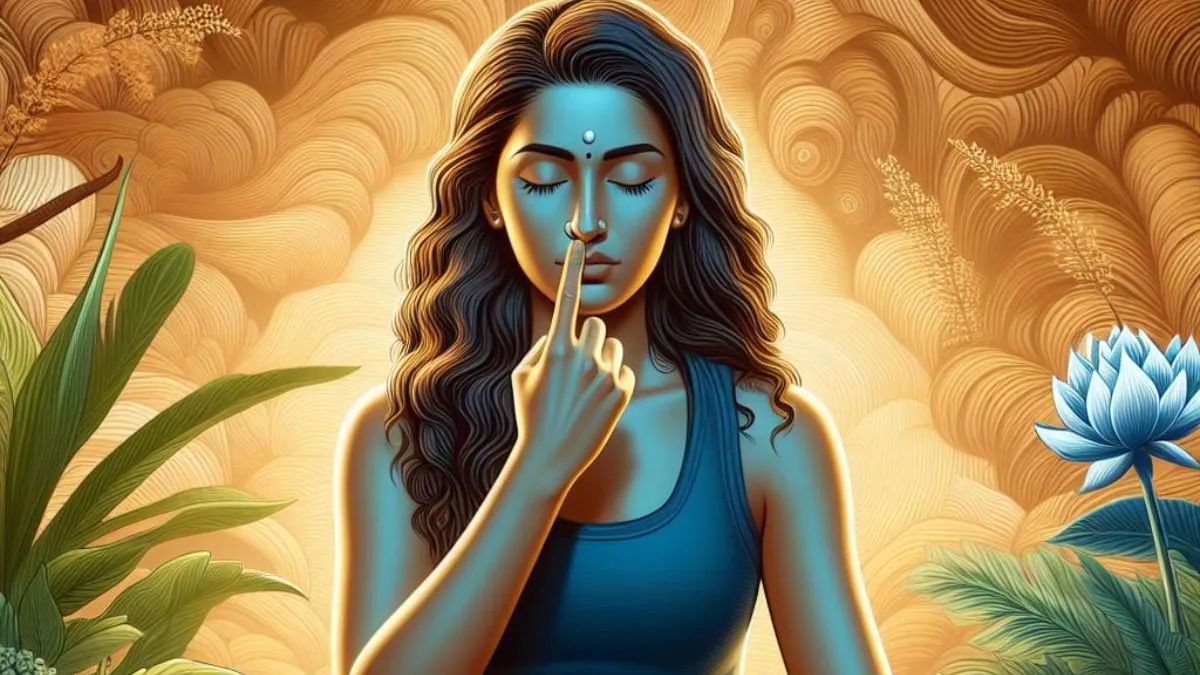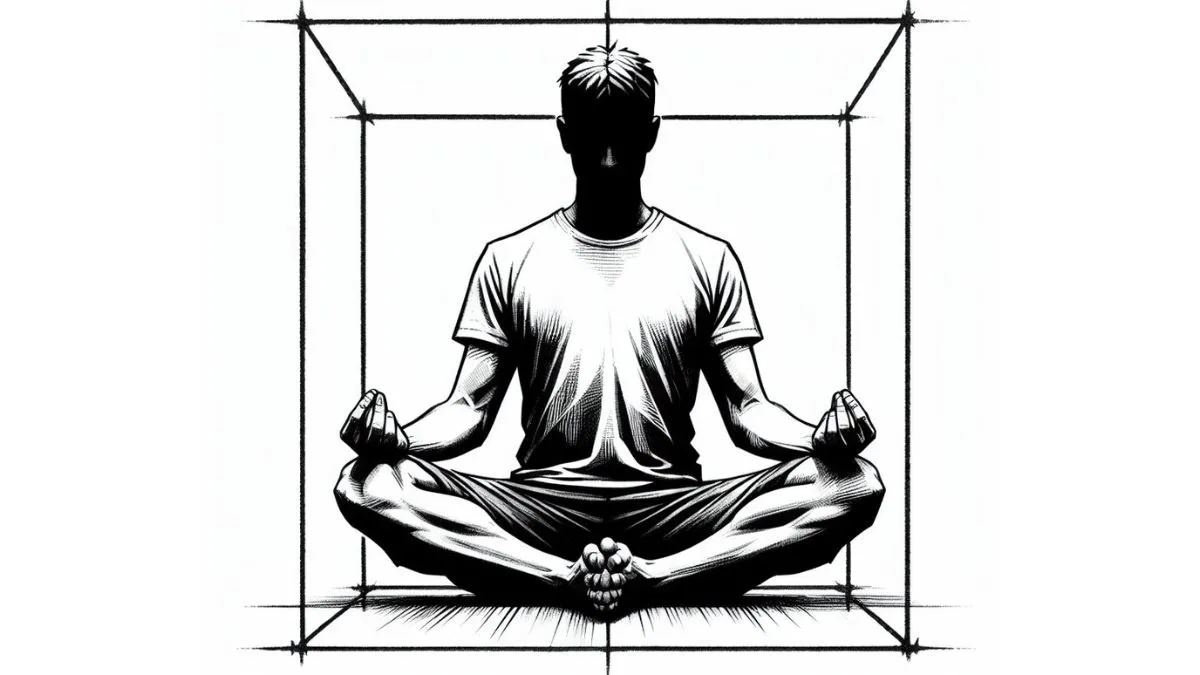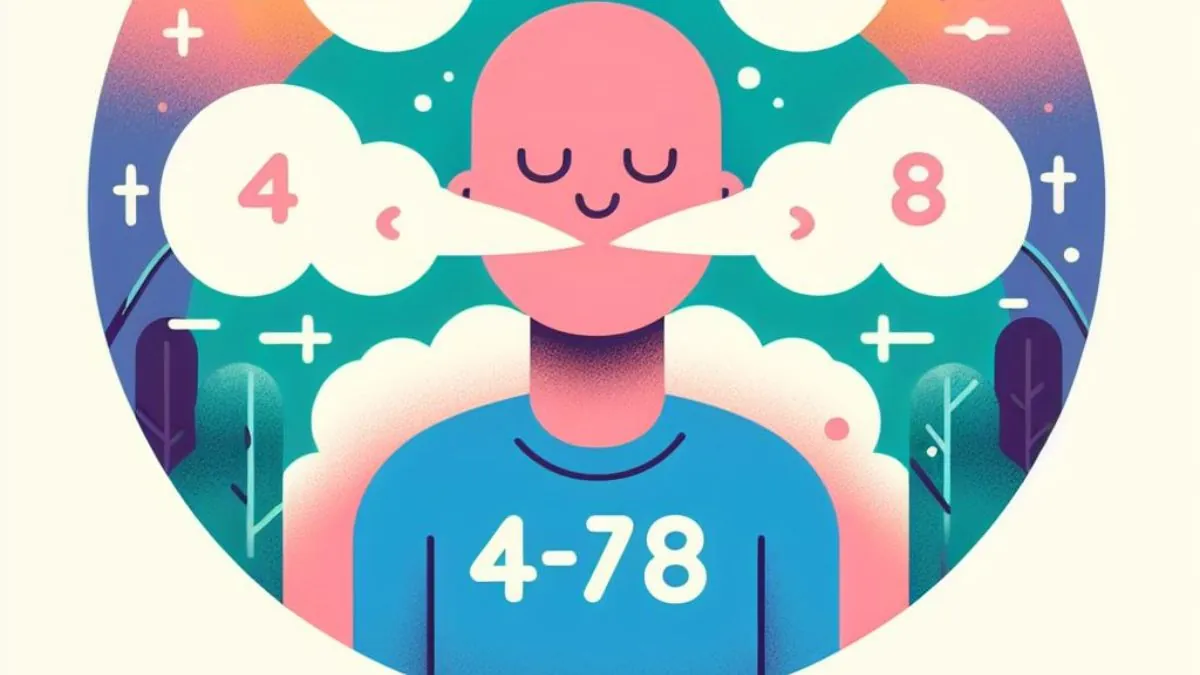Introduction
Shavasana, also known as the Corpse Pose, is one of the most beloved and rejuvenating yoga postures that marks the end of a yoga practice. Despite its seemingly simple nature, Shavasana holds immense significance and is regarded as a powerful pose for relaxation, integration, and inner awakening. In this article, we explore the history, symbolism, benefits, step-by-step guide, and the art of mastering Shavasana.
Unveiling the Origins of Shavasana
Shavasana’s roots can be traced back to classical Hatha Yoga and its ancient texts. The term “Shavasana” is a combination of two Sanskrit words: “Shava,” which means corpse, and “asana,” referring to a yoga pose. Symbolizing the act of surrender and letting go, it invites practitioners to experience profound relaxation and a meditative state.
The Symbolism and Purpose of the Corpse Pose
Shavasana is a potent reminder of impermanence and the cycle of life and death. Symbolically, it represents the final rest after the completion of life’s journey—a moment of profound stillness and unity with the universe. By practicing the corpse pose, one learns the art of releasing tension, worries, and attachments, allowing the mind and body to experience pure relaxation and rejuvenation.
Step-by-Step Guide to Mastering Shavasana
To experience the full benefits of Shavasana, follow these step-by-step instructions:
- Lie flat on your back with your legs extended and feet hip-width apart. Let your arms rest by your sides, palms facing upward, and fingers gently curled.
- Close your eyes and take a few deep breaths, allowing your body to settle into the mat.
- Start by consciously releasing tension from your toes, moving up through your body, relaxing each body part, including the legs, hips, torso, arms, neck, and face.
- Bring your awareness to your breath. Breathe deeply and naturally, feeling the rise and fall of your chest and abdomen.
- Cultivate a sense of stillness and surrender. Let go of any thoughts or distractions, allowing your mind to become calm and focused.
- Remain in this position for at least 5 to 10 minutes, or longer if desired, absorbing the benefits of complete relaxation.
The Profound Benefits of Shavasana
Shavasana is much more than just a pose of rest; it offers numerous physical, mental, and emotional advantages:
- a) Stress Reduction: It is a potent stress-reliever, helping to lower cortisol levels and induce a sense of tranquility.
- b) Improved Sleep Quality: Regular practice promotes better sleep patterns and alleviates insomnia.
- c) Muscle Relaxation: The pose releases tension from the body, leading to muscle relaxation and rejuvenation.
- d) Mental Clarity: It enhances mental clarity, focus, and overall cognitive function.
- e) Enhanced Self-Awareness: Practicing the corpse pose fosters introspection and self-awareness, facilitating personal growth.
The Art of Deepening Shavasana
To deepen your experience of Shavasana, consider incorporating the following elements:
- a) Visualization: Practice guided visualizations to explore inner landscapes or evoke positive emotions during Shavasana.
- b) Breathing Techniques: Experiment with deep breathing techniques like Pranayama to enhance relaxation and energy flow.
- c) Sound Therapy: Use soothing music or soundscapes to create a serene ambiance during your Corpse Pose.
The Transition from Shavasana to Daily Life
Bringing the benefits of Shavasana into daily life is an essential aspect of the practice. Cultivate mindfulness, relaxation, and presence throughout your day, using the teachings of Shavasana to find balance amidst life’s activities.
Conclusion
Shavasana, the Corpse Pose, is an invitation to experience profound relaxation, inner stillness, and the art of letting go. This seemingly simple yoga posture offers a gateway to embrace the impermanence of life and discover a deeper connection with oneself and the universe. By surrendering to the moment and absorbing the essence of Shavasana, practitioners can unlock the profound rejuvenation and healing potential that resides within the blissful state of the Corpse Pose.


